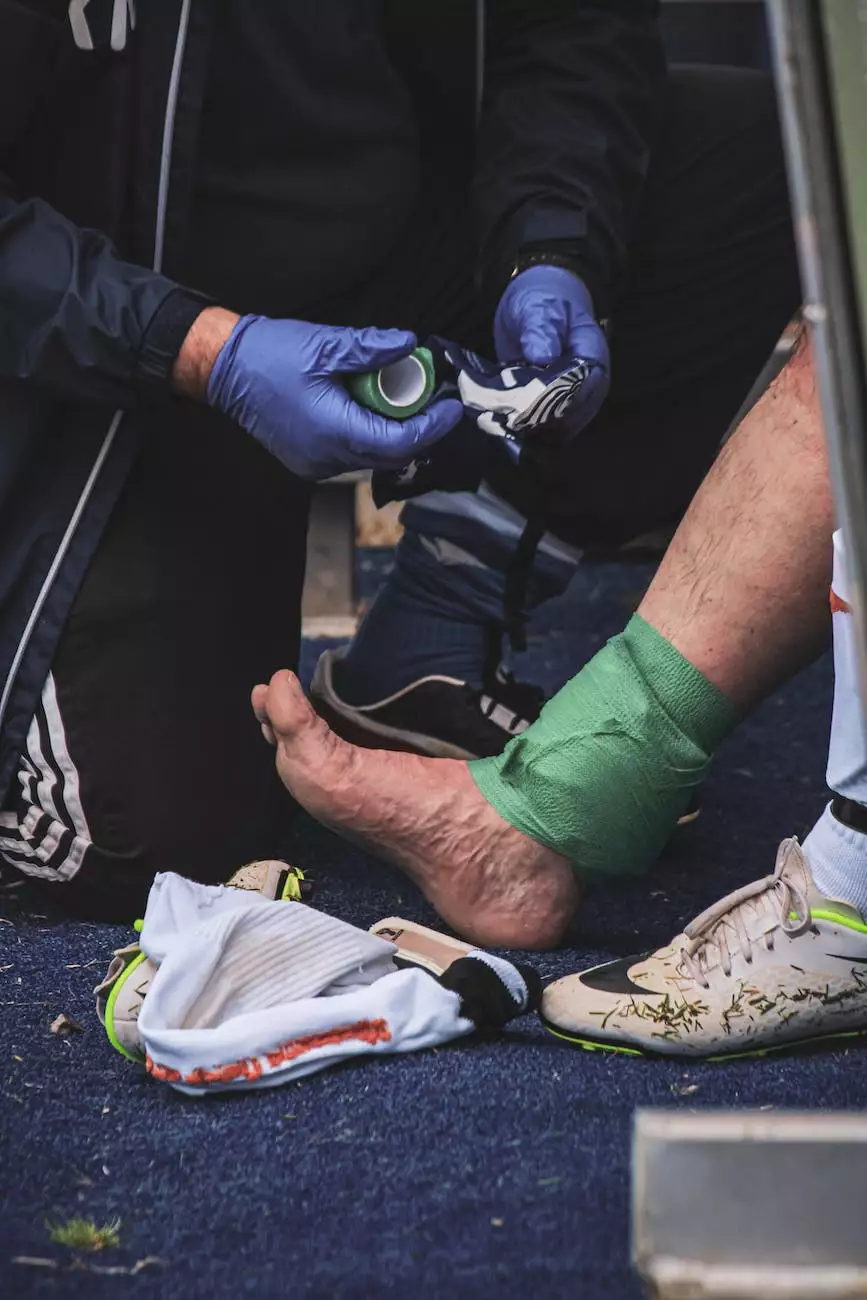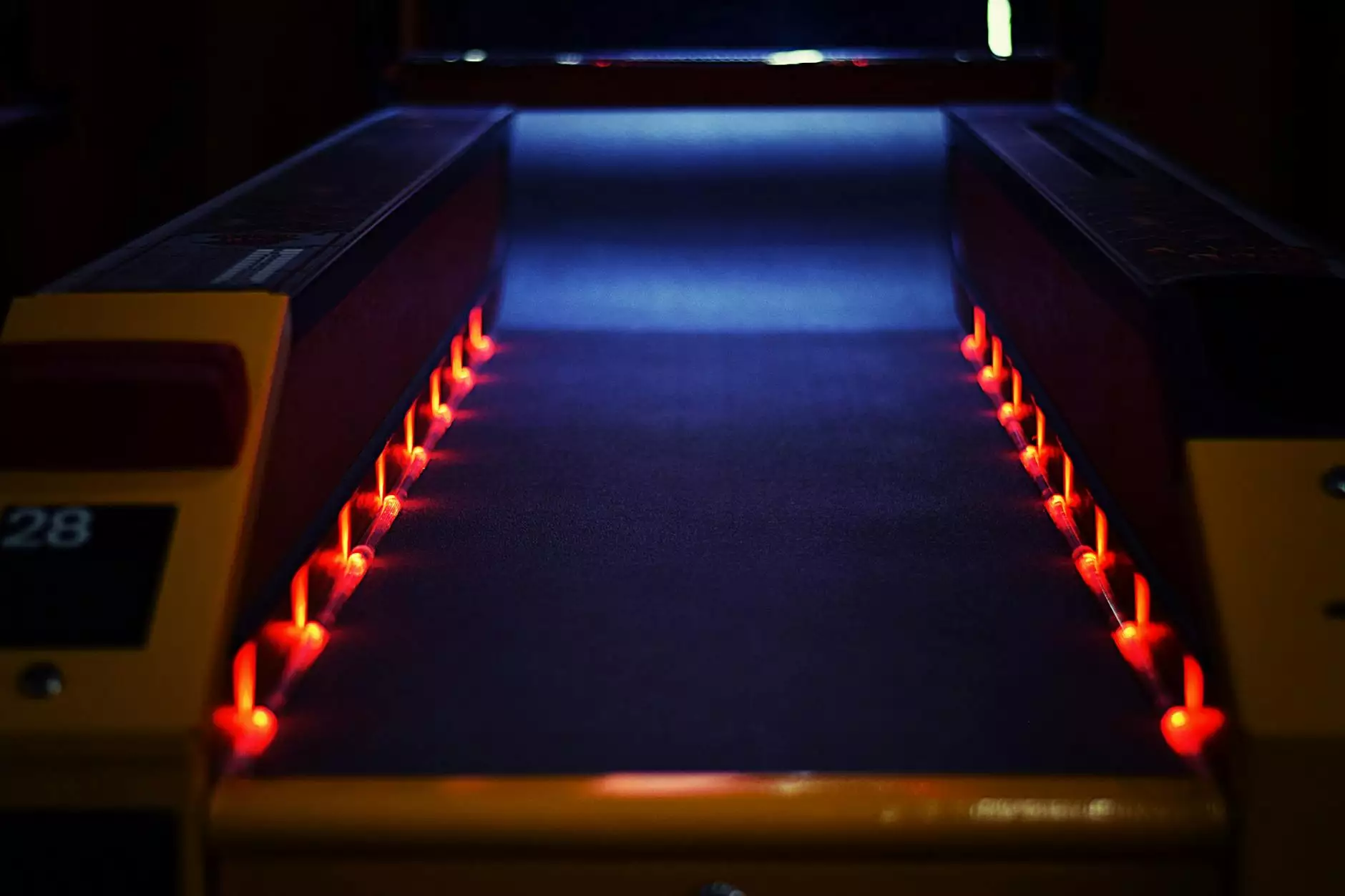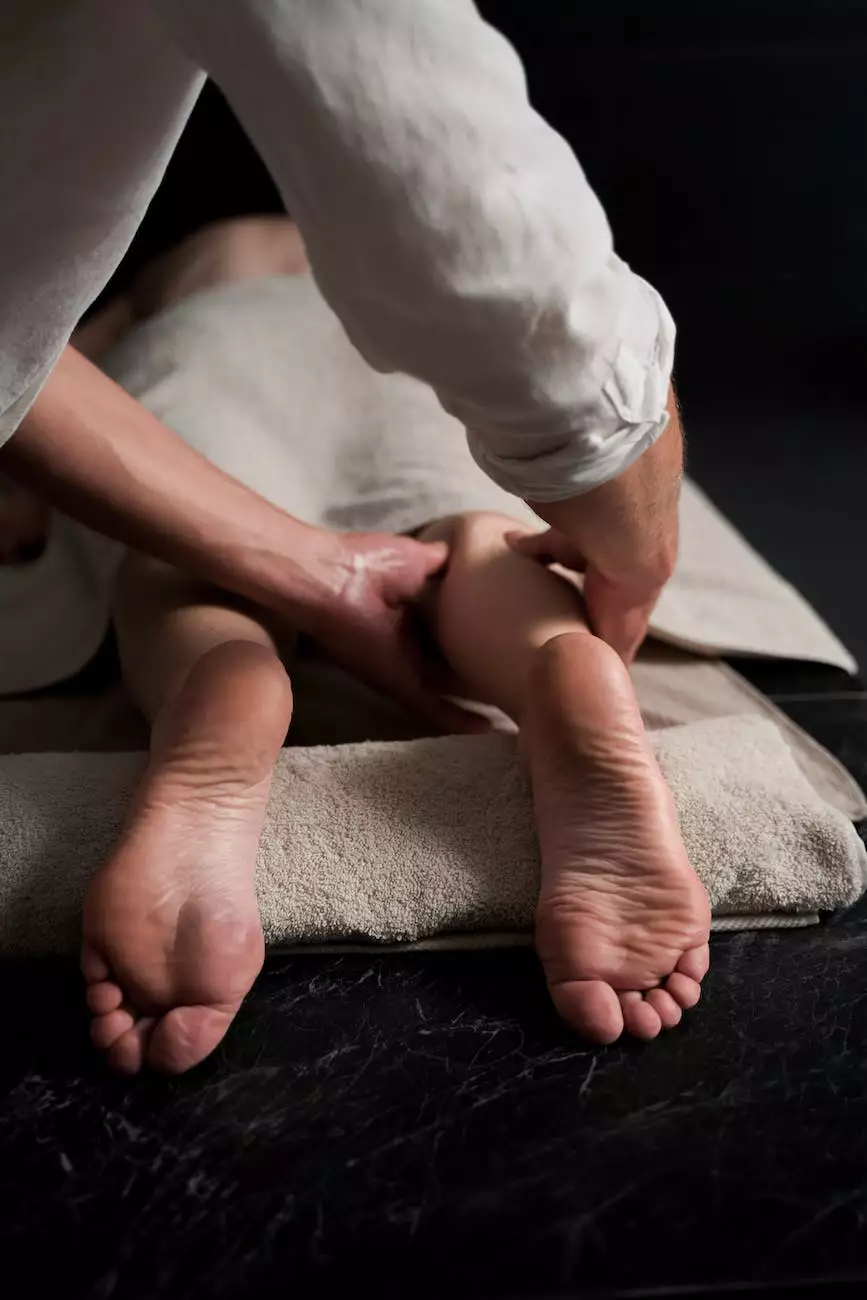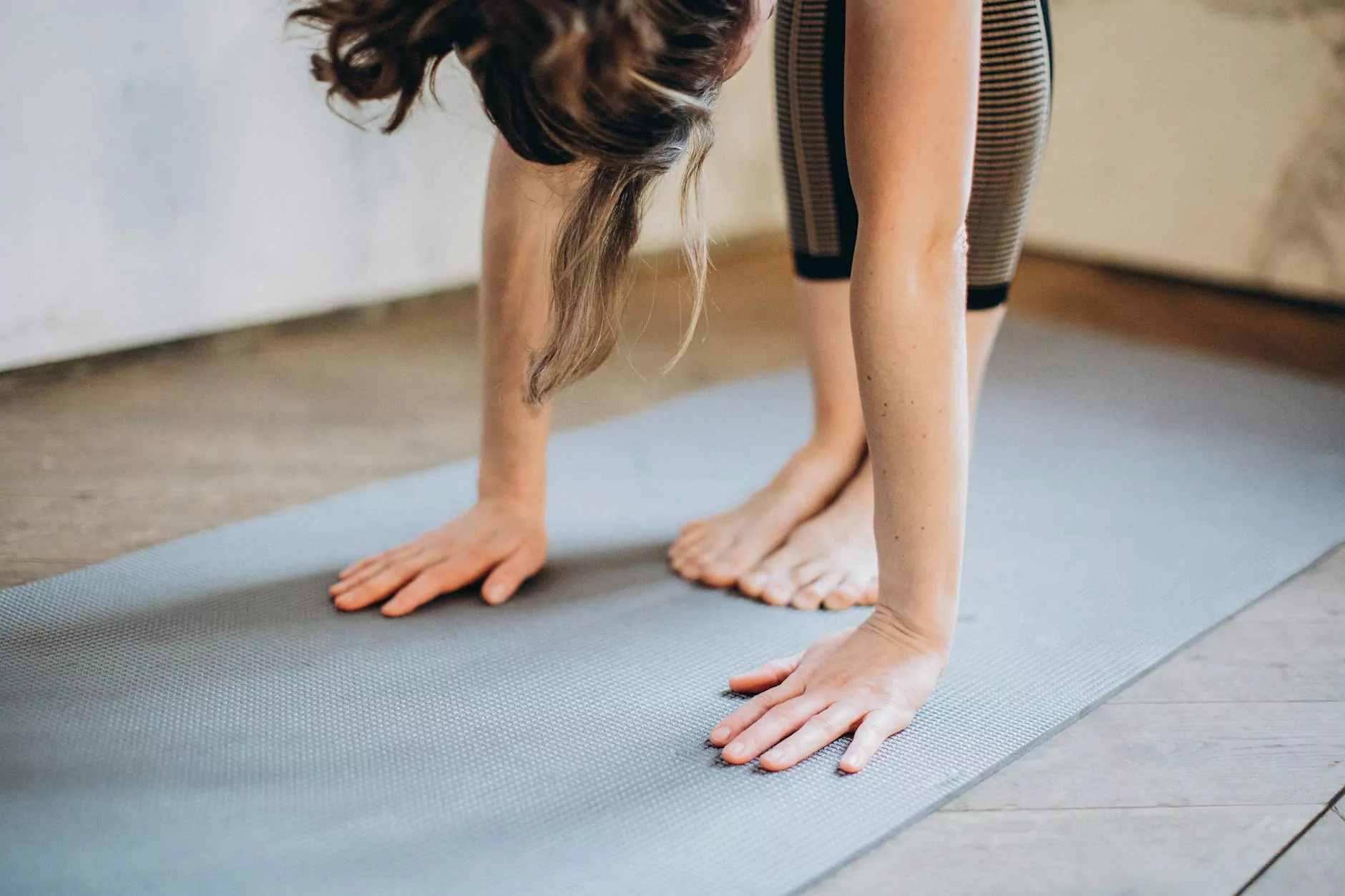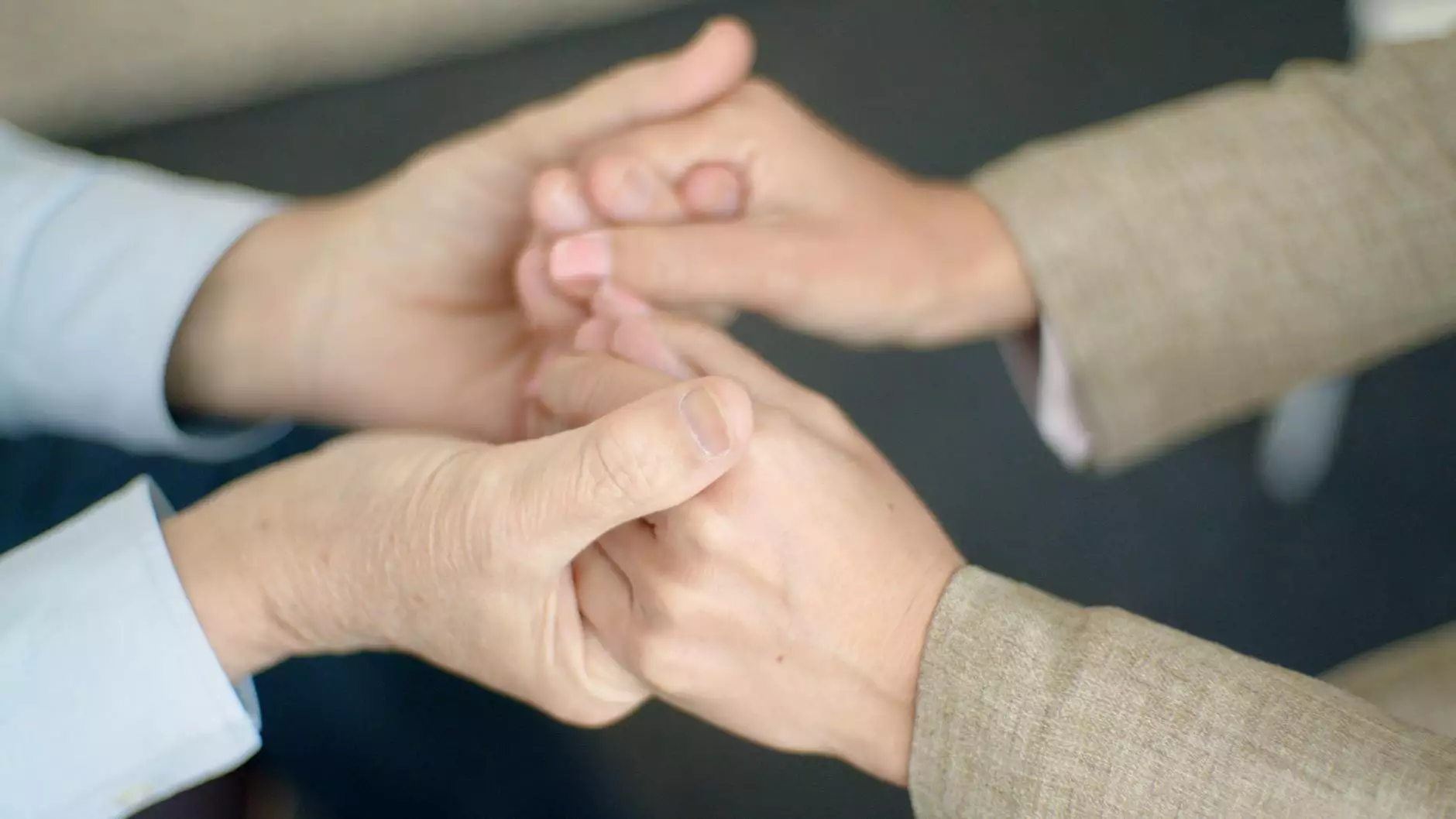Gout Pain Can Be Managed
Blog
Understanding Gout
Gout, a form of arthritis, is characterized by sudden and severe joint pain, stiffness, and swelling. At Bowling Orthopaedics, we understand the impact gout can have on your daily life and overall well-being. In this comprehensive guide, we will delve into the various aspects of gout, shedding light on its causes, symptoms, and management strategies.
Causes of Gout
Gout is primarily caused by the accumulation of urate crystals in the joints. When uric acid levels in the blood rise, these crystals can form, leading to inflammation and intense pain. Several factors contribute to the development of gout, including:
- Diet: Consuming foods high in purines, such as red meat, seafood, and alcoholic beverages, can increase uric acid levels.
- Genetics: Some individuals may have a genetic predisposition to higher uric acid levels and gout.
- Medical conditions: Certain medical conditions like high blood pressure, kidney disease, and diabetes can increase the risk of developing gout.
- Medications: Certain medications, such as diuretics, can contribute to gout flare-ups.
Symptoms of Gout
The most common symptom of gout is sudden and intense joint pain, often affecting the big toe. The pain can be severe, making it difficult to walk or move the affected joint. Other symptoms may include:
- Swelling and redness around the affected joint.
- Inflammation and warmth in the affected area.
- Limited range of motion.
- Tenderness at the site of the joint.
Managing Gout Pain
Lifestyle Modifications
At Bowling Orthopaedics, we emphasize the importance of incorporating healthy lifestyle changes to effectively manage gout pain. Some recommended modifications include:
- Adopting a low-purine diet: Limiting the consumption of foods high in purines can help lower uric acid levels.
- Staying hydrated: Drinking an adequate amount of water can help flush out excess uric acid.
- Maintaining a healthy weight: Excess weight can contribute to higher uric acid levels, so maintaining a healthy weight is essential.
- Getting regular exercise: Engaging in physical activity can help control weight, improve joint function, and reduce gout flare-ups.
- Avoiding alcohol and sugary beverages: These can raise uric acid levels and worsen gout symptoms.
Medications and Treatments
In addition to lifestyle modifications, medical interventions may be necessary to effectively manage gout pain. Bowling Orthopaedics offers a range of treatments, including:
- Nonsteroidal anti-inflammatory drugs (NSAIDs): These medications help relieve pain and reduce inflammation during gout attacks.
- Colchicine: Colchicine is commonly prescribed to control pain and prevent future gout attacks.
- Corticosteroids: In some cases, corticosteroid injections may be administered to alleviate severe gout symptoms.
- Urate-lowering therapies: To prevent recurrent gout attacks, medications that lower uric acid levels may be prescribed.
Prevention Strategies
Preventing gout flare-ups is crucial for long-term management. At Bowling Orthopaedics, we recommend the following strategies to minimize the risk of gout attacks:
- Follow a healthy, balanced diet: Incorporate fruits, vegetables, whole grains, and low-fat dairy products into your meals.
- Avoid trigger foods: Identify and limit foods that are high in purines or have been known to trigger gout attacks.
- Maintain a healthy weight: A healthy weight reduces the strain on your joints and lowers uric acid levels.
- Avoid excessive alcohol consumption: Alcohol can increase uric acid levels, so moderation is key.
- Stay well-hydrated: Drinking plenty of water helps flush out uric acid from your body.
Consult with Bowling Orthopaedics
If you are experiencing gout symptoms or require expert advice on managing gout pain, contact Bowling Orthopaedics today. Our team of skilled orthopaedic specialists is dedicated to providing personalized care and effective solutions to alleviate your discomfort and improve your quality of life.



